19. L’avventura (1960, Michelangelo Antonioni)
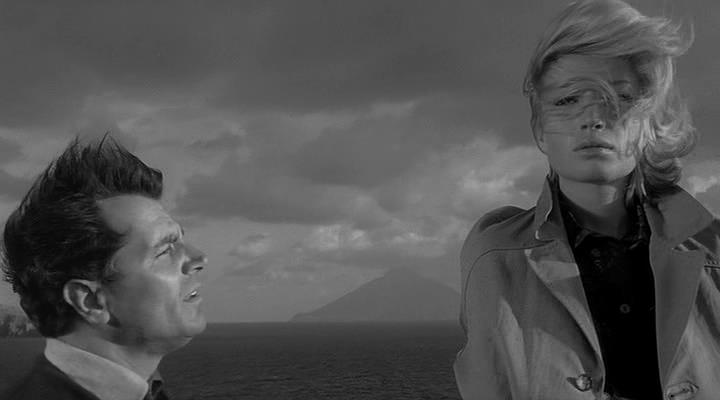
It was, and still is one of the most infamous films ever to be shown on the French riviera. Almost momentarily it got an equal amount of loud, numerable boos and songs of praise about being the most important movie ever to be screened at Cannes. Part of that divisive reaction was because of Antonioni’s playing with the concept and rules of narration. We as the audience are led to believe we are going to witness a mystery, only for him to scrap that idea and abandon it twenty minutes into the film.
A brief scene of a never mentioned boat leaving a rocky island not long after Anna’s last sighting and an comment made in an interview about some scenes missing due to budgetary cuts some time after the film’s release indicate some answers.
Even if the “what happened and who did it?” plot is put aside, Anna’s disappearance starts a chain of reaction that will make Antonioni explore some greater themes – those of emptiness, ennui and lack of humanity. Not long after the faithful misfortune, everyone forgot about it, almost in an instant, everyone aside from Monica Vitti’s Claudia. But even she starts to lose interest, once Sandro, the missing girl’s lover, puts a move on her. Antonioni’s intentions are quite clear, he despises the upper class. Scene after scene, he gives us shallow, empty human shells disguised in pretty dresses and lavish parties.
Empathy is gone, critical thinking never existed, and human interaction is dead. Claudia and Sandro give a hopeful exception, but as the now famous last scene showcases, it was all a farce, a facade. Antonioni wasn’t the only one who struck gold that night.
Monica Vitti, beauty and personality personified, paved the way for a fruitful career, and became a muse for the director’s next three films, all dealing with a form of alienation. She is the film’s driving force, a character that has one and one for whom the audiences sympathy is merited.
Antonioni is aware of that, so one of the creepiest scenes is dedicated to that, as the predominately male populous is storming around Vitti observing her as an object of beauty, and making everyone all the more nervous.
This wouldn’t be half as effective if Aldo Scavarda’s black and white cinematography didn’t capture all this void beauty. Antonioni received a massive amount of criticism for being a “director of boring rich people” but looking into his films that way would be only looking at surface, the man has to offer a lot more, even if you didn’t like his methods.
18. Tropical Malady (2004, Apichatpong “Joe” Weerasehakul)
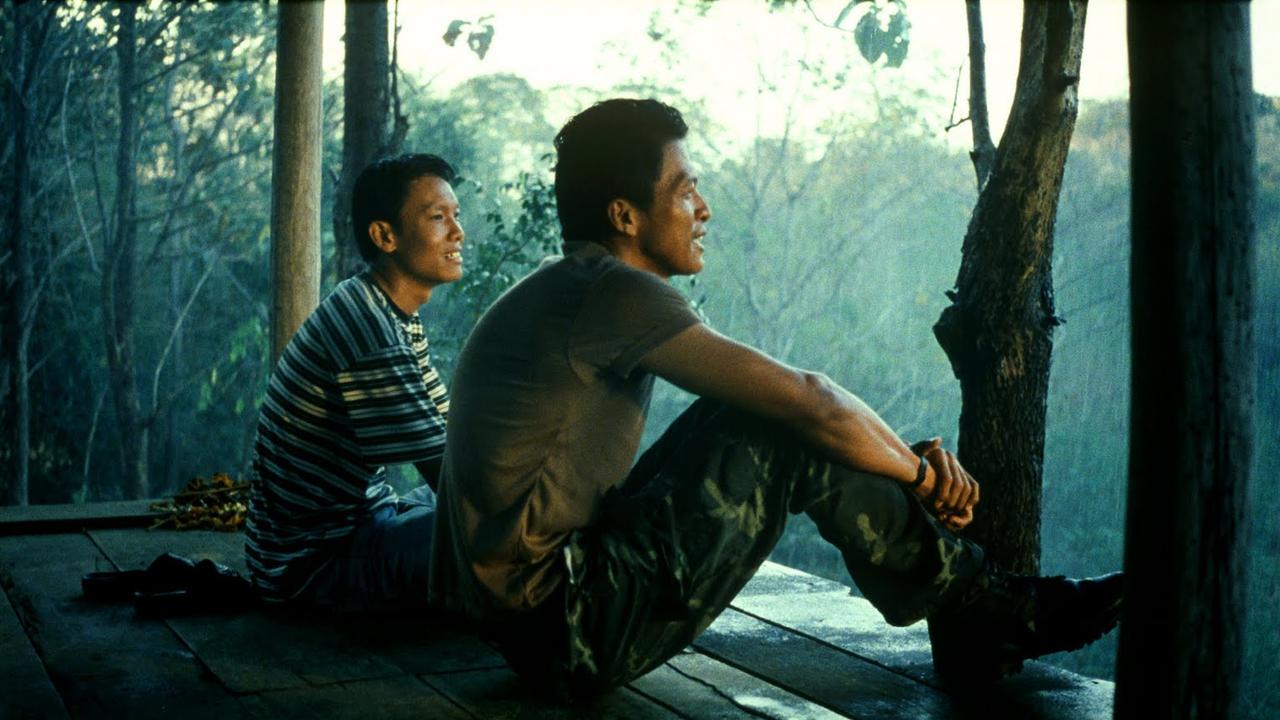
The boos and critiques that this film received remain among the most notorious in the history of Cannes. The public was left in a state of shock and in anger once their expectations were betrayed. At first glance this is a merge of two films. The first half is dedicated to a soldier and a young villager and their subsequently evolving relation. Their bond is moving with a glacial pace, but what follows are rare moments of sincerity and silliness.
Moments like those of them playing with their legs in a theater or the one where one of them sniffs the hand of the other after a joint piss leave you wondering, but then again, what closeness this pure isn’t weird? It is interesting that this relationship never escalates to something more. Was it just a friendly tittup or did Weerasehakul have something to say about the treatment of these people in his native Thailand, is left for you to make out. When it was the time for the final answers to be revealed a cut to black transferred us to another story.
Here, echolalic sounds and dense treetops of the jungle become the main actors, while a deadly game between a hunter and a shape-shifting shaman is playing sideward. It’s up to you to indulge in the antic magic or to furiously continue to watch in disbelief, while many questions stay captured in remote spots of the dark forest, never to be answered.
It seems at first that this two entireties are heaven and earth, but few scenes, like the trip into the caves, the meeting with the ever laughing lurid man in the bathroom or the ominous separation at the end of the first part indicate that the forces of supernatural have already put their strings, converging the two unites into one, and thus supporting Joes apostrophe decision to observe both relations, that of the lover and that of man-animal, trough the lens of the prism of primitive, animalistic.
Tropical Malady is not an easy watching experience, nor is it simple to decode but the directors apostrophe constant need to play with the national folklore will leave many enlightened and the final scene, where we came into contact with the emperor of the jungle, is one of the strongest in the 21. Century.
17. The Seventh Seal (1957, Ingmar Bergman)
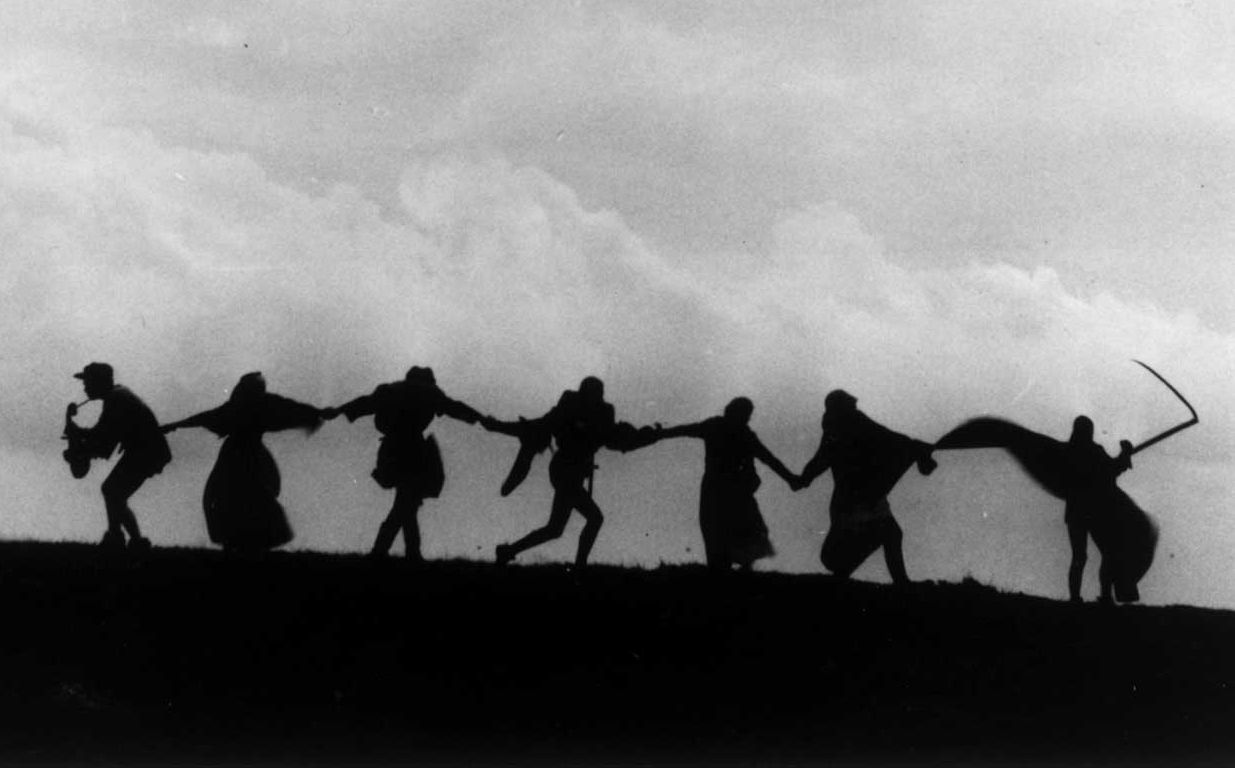
The picture of death, dressed fully in black with the only exception being his pale, expressionless face choosing the black figures in chess with a knight that should determine his fate became one of the most iconic cinematic sights in the history of the medium, internally engraved in the minds of many viewers, sometimes overshadowing the same films from which it came from. This can give a wrong notion of Bergman’s seminal work. The scene alone provokes wonder and excitement, but hardly implies on the director’s frequent themes leaving the viewer unready for that what comes.
Bergman already entered his most most productive period, with already established themes about religion, divine presence, death, but also about humour and playfulness, that adorned his beginnings. These elements were mostly kept in this capital work, dominating the plot in some parts of the movie (and subsequently giving it its weakest moments).
The assembled acting cast, made of Bergman’s regulars, is at the height of the task, fronted by the always stone faced Max von Sydow. His Antonius Blok is gasping for the last breath of knowledge that God exists, after his experiences in a con-man-caused Crusade showed him the true face of tragedy and lost cause, and totally destroyed his beliefs.
The game he is playing is not just for survival but is also a step closer to asking the question about exposing the theological truth. He goes to such extent that a woman, accused of witchcraft, is deprived of her last moments of peace because of his persistence. His travel affects everyone who crosses paths with him, thus making a collection of characters full of doubt and existential pain.
The only ones that give any ray of hope, a constant of positive and optimism for a Bergman feature, is a young family of circus acrobats. Such is their influence on Blok, that he is even willing to go on a deadly gamble with death, in order to save them from eternal damnation. The impressive thematic is followed by equally impressive black and white cinematography that managed to produce a handful of iconic moments.
The first encounter with the plague ridden corpse, the ultimate fate of the con man, the confession in the church, the final meeting with fate or that, more poetic than others, dance of death, complement the above mentioned, and often parodied, game of chess. The Seventh Seal is the art-house staple and a breath of originality in a time when his transoceanic counterparts were stagnating.
16. Fish Tank (2009, Andrea Arnold)
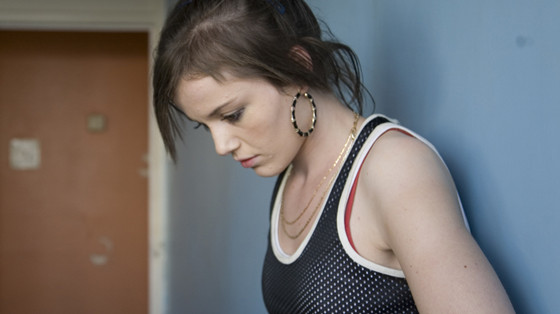
Anger and acrimony of the British kitchen sink receives a treatment of the 21. Century, and gets a new, female perspective. This film shows the life of the fifteen year old Mia (first time actress Katie Jarvis) and the first few snippets at the beginning show where the furious angst is coming from.
The nonexistent school influence, fragmented “friendships” that end in violence, and a family in chaos. Once Mia introduces you to her small, compressed life, the tension can be cut with a knife. Her mother is more keen of a bottle of cheap alcohol or the company of unknown men to put out the need for a concrete emotional connection.
A thought presents itself: “well then she must have some bond with her younger sister”, but the hostility is here even more noticeable. Joanna’s pulling toward cigarettes and her impugn and vulgar language only reveal a more pessimistic picture and it paves the way her mother and many others in the immediate neighborhood already crossed.
Mia’s only exit from the total pallidness is dancing (and truth to be told, the most heartwarming moment goes to a dance scene with the appropriate song by Nas titled “Life’s a Bitch”) and the surprising arrival of Fassbender’s Conor, whose arrival stirs new, unknown feelings in Mia, but also sends the story, and her life path in a utterly twisted and heart-wrenching direction. Arnold’s bold vision doesn’t permit clichés associated with Hollywood to hamper the story.
There are moments for a better future, but it is always uncertain and her feminine look allows you to find some intimate moments that could be hardly seen in the hands of a male director. All players at the height of the game, chiefly Fassbender, who in equal amounts balances charm and cunningness.
15. The Quince Tree Sun (1992, Victor Erice)
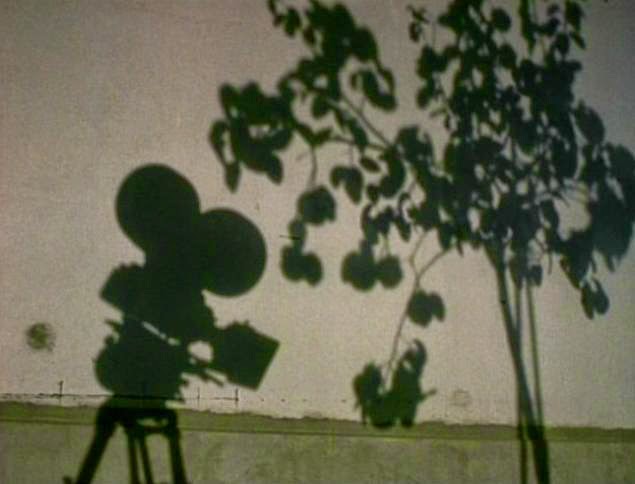
Like “La Belle Noiseuse” a year prior, Quince Tree Sun showcases a look into the relation of an artist with the piece he is making, a film about one artist examining the other, and like the aforementioned one it takes its time to get the mood, tempo and rhythm. The first 20-25 minutes are devoid of any music or dialogue among the characters. This is the period of reassignment on the work, the setting of all adequate tools and the state when inspiration is pumped. What follows is potentially the most accurate depiction of frustration captured on celluloid.
The focus of the artist’s afflatus and his future piece is a tree of quince, planted there 20 years earlier by the artist personally and for those reasons alone. It looks like solid job at the beginning, until we take all factors that have an effect on the tree into consideration.
Firstly, there is the daily change of weather. Ideal conditions, previously measured in detail, require sun rays that go trough leaves, pelting the fruits, but the wind is turning out to be the primary tempest, constantly breaking the balance. Days become weeks that then become months.
Then comes the season change, from summer to autumn. The already malicious wind is now joined by rain, the ideal composition that Antonio Lopez Garcia set, is now disrupted. To add insult to injury, once ripe grapes are closing in on the end of their lives, the yellow illuminated by sun, a sign of maximum potency, is now being replaced with the indication of decay.
The race to seize the moment becomes the reflection of life. Garcia, closing in on the 60’s, realizes that time is running out, so he projects his unwanted frustration on the artwork. The once relaxed hand now makes nervous mistakes more frequently, regressing the finalization of the piece. Erice, on the other hand, calmly captures every appreciated moment of the cruel game, and leaves the 8th art form before time catches up with him.
14. Yeelen (1987, Souleymane Cissé)

On the surface level the story satisfies all requirements. A young man, gifted with magical powers goes on the trip around the land, gaining experiences, so that in the end he can face his destiny, and defeat his own shaman father. A classic tale of good versus evil. Think of Tolkien, George Lucas or J. K. Rowling. This fairytale-like narrative is enriched by gorgeous photography, which, taking into account the country of origin and lack of fund, is fascinating.
The opening shot of the rising sun, reminiscent of “The Lion King” is a good indication of the greatness that comes. The vast and empty desert landscapes, filled with a rare tree, a settlement completed with houses of clay or the broad sceneries illuminated by night light, only certify Cissé’s keen artistic eye, but that what’s under the skin makes the opening fascinating.
This is a movie about Africa, for Africans by an African, filled with a string of subjects that cannot be noticed at first without the knowledge of the mater. This is a period piece, set in the ancient times, before the Muslim and French conquests, the times when animistic beliefs prevailed. One who mastered the handling of magic tools or fetishes (remember in animistic beliefs, things have power, not words) seizes the respect and power, hence why so many scenes are dedicated to the process of minting or shaping.
Cissé doesn’t hold back his antagonisms towards those individuals which don’t share that same power with the people, instead using it for their own, greedy needs. By criticizing the past, the director turns to present often, inflicting subtle yet sentient punches to the, not infrequently corrupt, Malian government.
All of the main actors of the film are a personification of people groups that inhabit the area, be that the most populous Bambara, or the less populous but still important Fulani and Dogona with the boy in the last scene, carrying the tradition and power of his predecessors, as a final image of strong and united Malian state.
The heroes’ journey is filled with mythology, illustrating the heroes trials and hardships, with a hyena like being as a first temptation and with a lion as a conqueror of all vice, both of whom were taken from Bambara folklore. Some cultural differences can cause a fit of laughter due to lack of context or cause terror, because the second scene shows a chicken being burned alive (one of the more striking villain introduction scenes in film).
Yeelen is simple and flawed, but it gives us a window into a new, uncharted world and is capable of making a person ask important questions, and that is where its strength lies.